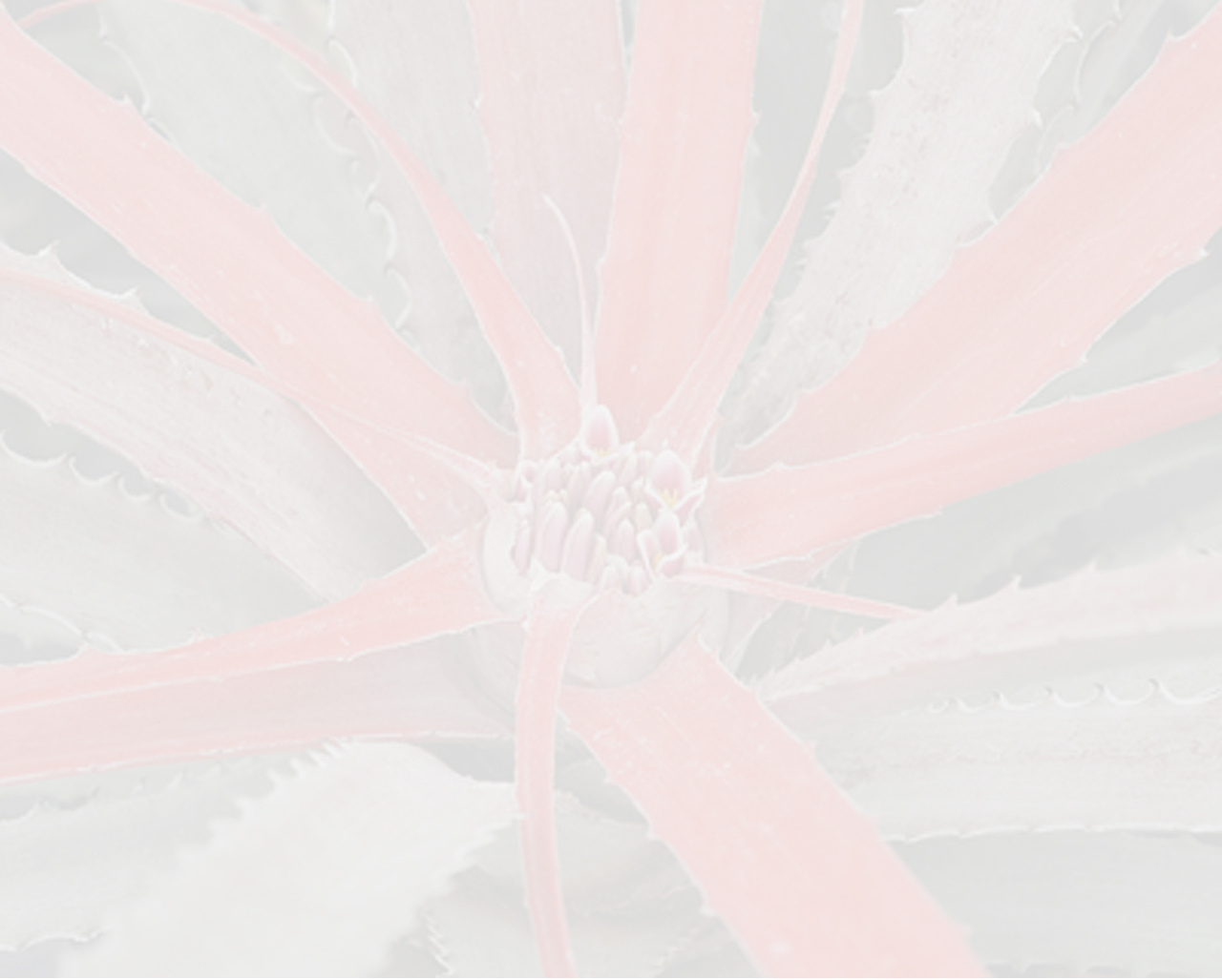


plant terrestrial, predominantly growing in soil, before flowering ca 79 cm high, at anthesis forming a spreading, flat rosette of ca 130 cm diameter, ca 12 cm high (including the bulbous base and inflorescence), propagating by basal stolons; stolons, 3–5 cm long, at base 1.2 cm in diam., towards the roots gradually thickening up to 4 cm in diameter; stem ca 5.3 cm long, at median height ca 2.2 cm thick, hidden by the imbricate sheaths, forming a slightly oblong bulbous base, ca 9.5 cm long, 6.5 cm in diameter, partially sunken into the ground. leaves more than 80, not narrowed between sheath and blade; sheath the bigger ones oblong to linear, concave, maximum 4.8 cm long, at median height ca 2.1 cm wide, at base 1.2–1.7 cm wide; both sides white-creamish, at base glabrous, toward the blade a lax coat of cream-chestnut short trichomes above, at base glabrous, brilliant, at transition towards the blade, principally at dorsal side with a horizontal stripe, 2.3 cm long (high), covered by a dense coat of cream to chest-nut coloured, long trichomes beneath; blade green, generally concave, canaliculate, at base slightly com-planate, ca 1.8 cm wide, soon long attenuate, tapering and subulate, initially erect, at maturity arched or recurved, ca 92 cm long, densely nerved, at base with a dense coat of cinereous appressed scales, soon glabrous above, finely nerved, between nerves a dense coat of cinereous appressed scales beneath, inner ones initially erect, rosette at generative phase spreading, at generative phase all bases change from green to red-orange in colour, rosette at fruiting time conspicuously spreading, flattening to the soil, pale-yellow, serrate; teeth of blades shiny, claw-like, pungent, pale yellow to chestnut, predominately retrorse, ca 3.6 mm long, laxly arranged, ca 8 mm apart, towards apex reducing in size down to minute teeth. inflorescence ca 12 mm long, at median height ca 2.1 cm wide, hidden by imbricate sheaths; peduncle bracts 13–17, leaf-blade like, at sheath's connection narrowed, ca 1.8 cm wide, at the base ca 39 cm long, towards apex shorter, concave, up to ca 8 cm above the sheaths orange-reddish, towards apex green, the shorter ones surrounding the inflorescence, total size including the sheath 5.6 cm, lamina triangular, applanate, lanceolate, serrate, glabrous, brilliant orange-reddish, ca 2 cm long, sheath chartaceous, ca 3.8 mm long, 1.8 cm wide, at base white-creamish, transition to blade dark-cream, sparsely covered by a layer of long, irregular, creamy-ferrugineous, tomentose trichomes, armed, laxly serrate, predominately retrorse, claw like, pungent, pale yellow to chestnut, ca 3 mm long, towards leaf apex minute teeth; fertile part subcorymbose, ca 2.3 cm in diam; (during fruiting period increasing up to ca 6.7 cm in diam.); fascicles 14–25, the bigger ones ca 3.5 cm wide, 4.7 cm long (excluding the petals), axis ca 5 mm long, 1–3-flowered; primary bracts (of fascicles) chartaceous, cream-ish-white, the largest around the inflorescence, ca 5.7 cm long, 1.9 cm wide, at base ca 1.2 cm wide, concave, covered by a dense coat of cream, long, tomentose trichomes above, at base glabrous, lateral sides and towards apex laxly covered by cream trichomes beneath, tapering to a triangular-attenuate, ca 1.3 cm long, red-orange tip, laxly serrate, retrorse and antrorse, less than 1 mm long, cream-yellowish, towards apex teeth minute; floral bracts slightly linear, 37–42 mm long, 8 mm wide, chartaceous, concave, carinate, above creamish-white, from median region to near apex covered by long, cream, tomentose trichomes, dilated at cucullate apex, covered by dense coat of sinuous, irregular, long, tomentose, ferruginous trichomes, margins serrulate, base of inner region shiny, white to slight translucent, towards apex white to cream coloured. flowers subpedicellate, ca 50 mm long, at anthesis 7–8 mm in diameter; sepals at base succulent, rigid, erect, pale-cream, linear, ca 11 mm long, 7 mm wide, carinate, from the central part to near apex covered by long, light cream trichomes, apex cucullate, densely covered by sinuous, irregular, long, tomentose, ferruginous trichomes; petals rose, margins white-rose, base light rose to whitish, rigid, erect, obtuse, sometimes emarginate, ca n mm long, at base ca 4 mm wide. stamens: filament linear at base, flexuous towards anthers, ca 8 mm long, including ca 5 mm connate part to the corolla tube, 0.6 mm thick, white-rosy; anther ca 7 mm long, at base 1.3 mm wide, sagittate, pale yellow. pistil: style terete, ca 17 mm long (including stigma complex), near stigma ca 0.6 mm in diameter, near base incrassate up to 1.6 mm in diameter, white up to median height, white-rosy towards stigma, three stigma lobes, ca1.6 mm long, flabellate, white-rosy; nectar-chamber tubular, ca 11 mm long, at base ca 1.7 mm wide, cell secretors of nectar ca 6 mm height; ovary slightly rectilinear, ca 14 mm long, 4.8 mm thick, with laxly, cream or cream-ferruginous, tomentose trichomes. fruits ellipsoidal, ca 39 mm long, ca 18 mm in diameter, in transversal cross-section slightly triangular; pedicel 2–5 mm long, top region light yellow, at median region with a green tone, towards base green-ish-white, sparsely covered by creamish-white, tomentose trichomes; remaining persistent flower ca 23 mm long, ferruginous to ash-colour; seeds ca 3.2 mm long, 2.6 mm wide, 1.9 mm thick, dark brown in colour, with papillae.
Edited from (03-08-2018): Esteves et al. 2013b. (protologue) New species in the genus Bromelia from the Cerrado biome of Central Brazil (part 4): Bromelia tenuifolia .